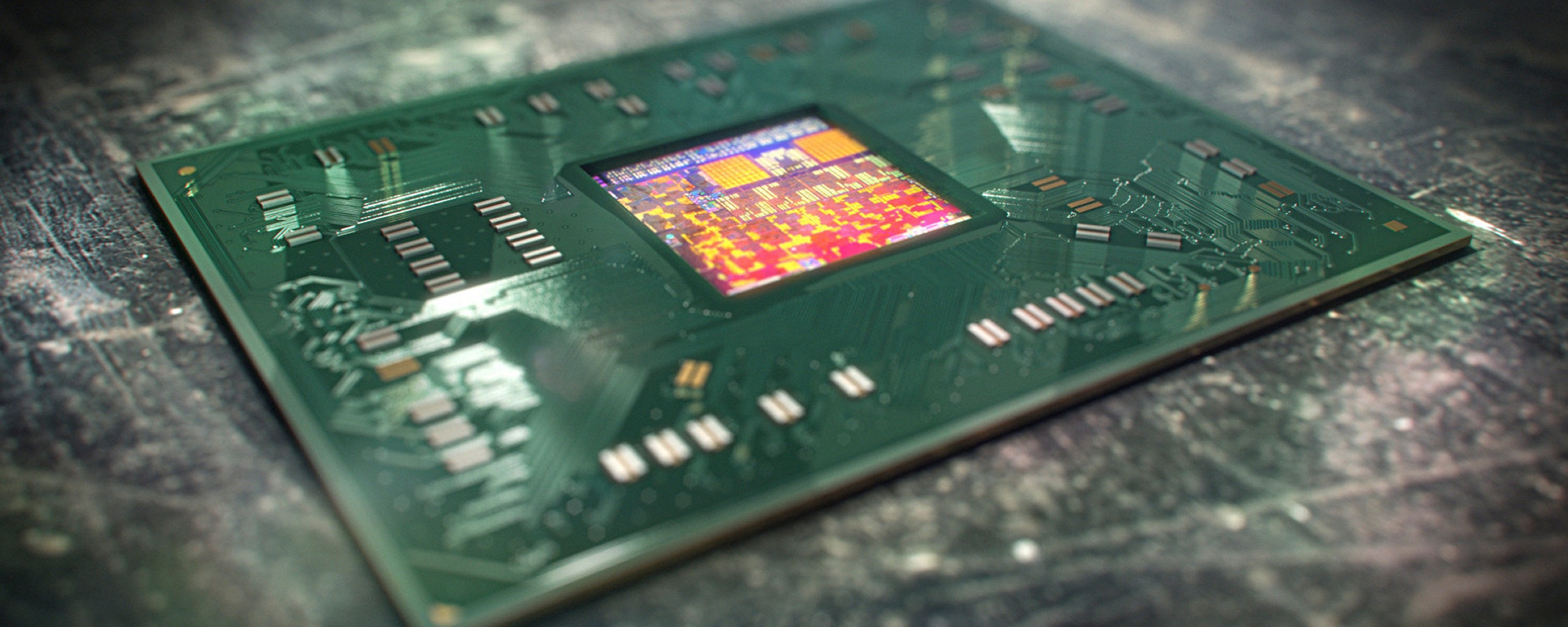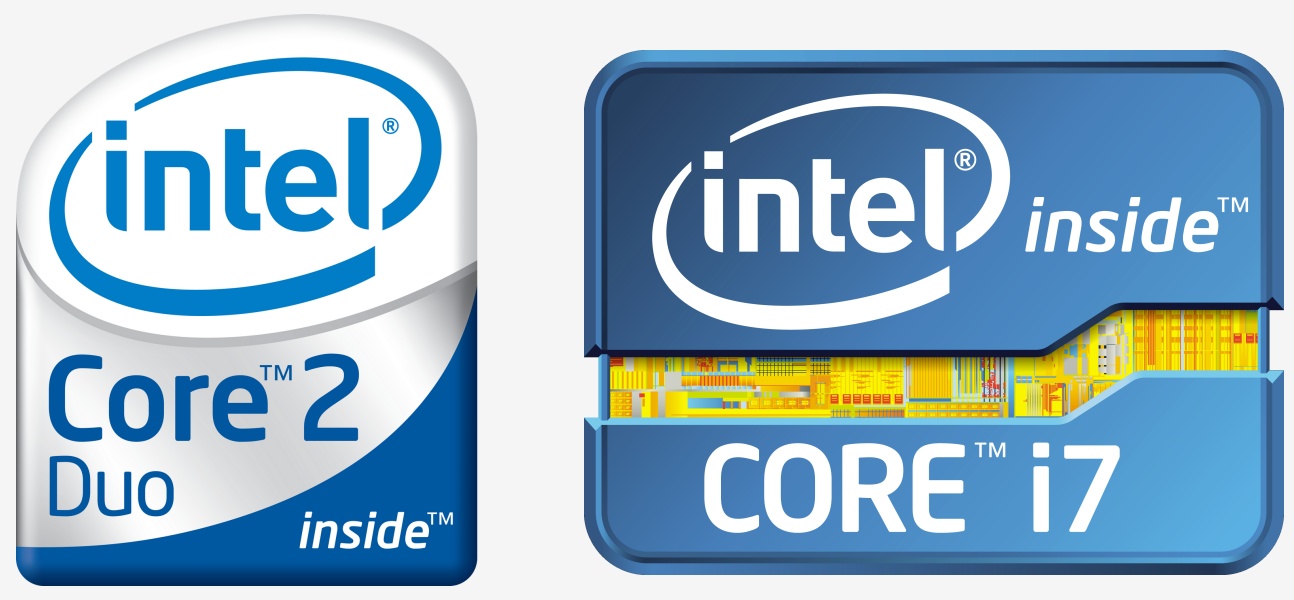It's hard to believe 15 years have passed since I tested the Pentium 4 series for the first time. At this point I honestly don't remember many of my experiences with the P4 range, if not because of its age then because it was a pretty rubbish series. I do have many fond memories of testing the Core 2 Duo series however.
Six long years after the Pentium 4, we reviewed the first generation Core 2 Duo processors with the dual-core E6000 range and then the quad-core models a year later. To this day the Core 2 Quad Q6600 might be the most popular enthusiast processor we've seen. In fact, almost all Core 2 Duo and Core 2 Quad chips were notoriously good overclockers and many users still claim to be running overclocked LGA775 processors.
Today we are going to take a look back at the Core 2 CPUs and compare them to the current generation Haswell Celeron, Pentium, Core i3, Core i5 and Core i7 parts.
Along the way we will be testing processors such as the 2009/2010 Nehalem Core i5-760 and Core i7-870, as well as the Core i5-2500K and Core i7-2700K Sandy Bridge chips, comprising almost 10 years of Intel mainstream CPUs.
| Year | Process | Price | Base / Turbo | Cores / Threads | Socket | |
| Core i7-4790K | 2013 | 22nm | $339 | 4.0GHz / 4.4GHz | 4 / 8 | LGA1150 |
| Core i5-4670K | 2013 | 22nm | $242 | 3.5GHz / 3.9GHz | 4 / 4 | LGA1150 |
| Core i3-4350 | 2013 | 22nm | $138 | 3.6GHz | 2 / 4 | LGA1150 |
| Pentium G3220 | 2013 | 22nm | $64 | 3.0GHz | 2 / 2 | LGA1150 |
| Celeron G1820 | 2014 | 22nm | $42 | 2.7GHz | 2 / 2 | LGA1150 |
| Core i7-2700K | 2011 | 32nm | $332 | 3.5GHz / 3.9GHz | 4 / 8 | LGA1155 |
| Core i5-2500K | 2011 | 32nm | $216 | 3.3GHz / 3.7GHz | 4 / 4 | LGA1155 |
| Core i7-870 | 2009 | 45nm | $562 | 2.93GHz / 3.6GHz | 4 / 8 | LGA1156 |
| Core i5-760 | 2009 | 45nm | $205 | 2.8GHz / 3.33GHz | 4 / 4 | LGA1156 |
| Core 2 Quad Q9650 | 2008 | 45nm | $530 | 3.0GHz | 4 / 4 | LGA775 |
| Core 2 Quad Q6600 | 2007 | 65nm | $530 | 2.4GHz | 4 / 4 | LGA775 |
| Core 2 Duo E8600 | 2008 | 45nm | $266 | 3.33GHz | 2 / 2 | LGA775 |
| Core 2 Duo E6600 | 2006 |
65nm |
$316 | 2.4GHz | 2 / 2 | LGA775 |
The only mainstream processor series missing is the Ivy Bridge architecture, though we decided to skip it as the performance leap from Sandy Bridge to Haswell wasn't significant. Fifth-generation Broadwell processors are also missing as they are not available yet and with Skylake arriving soon it seems this series is being skipped entirely.
Obviously today's processors are going to be faster than those that are almost a decade old. What we feel is of interest is finding out just how much faster they are in modern applications such as Photoshop CC, x264 HD encoding, and Excel workloads. We'll also look at gaming performance, albeit with an unrealistically powerful discrete GPU that we could've only dreamed of a decade ago.
Finishing up the benchmark phase we'll also compare power consumption to gauge how much more efficient modern day CPUs really are.
System Specs & Memory Bandwidth Performance
|
Haswell System Specs
|
Sandy Bridge System Specs
|
|
Lynnfield System Specs
|
Core 2 System Specs
|
The Core 2 series wasn't blessed with big memory bandwidths and back in the day AMD had one over Intel here with its Athlon64 range which peaked at around 9GB/s. As you can see below, we struggled to get 7GB/s out of the Core 2 Duo E8600 and Core 2 Quad Q9650.

The jump from the Core 2 range to the first Core i5 and Core i7 processors was massive as the i5-760 managed 17.1GB/s and 19.2GB/s for the i7-870. The Sandy Bridge Core i5 and Core i7 processors didn't improve on this with roughly 18GB/s.
However, by the time Haswell came around Intel was pushing well over 20GB/s on this mainstream platform. This means even the cheapest Haswell desktop processor has roughly 4x the memory bandwidth available when compared to the fastest Core 2 processors.

